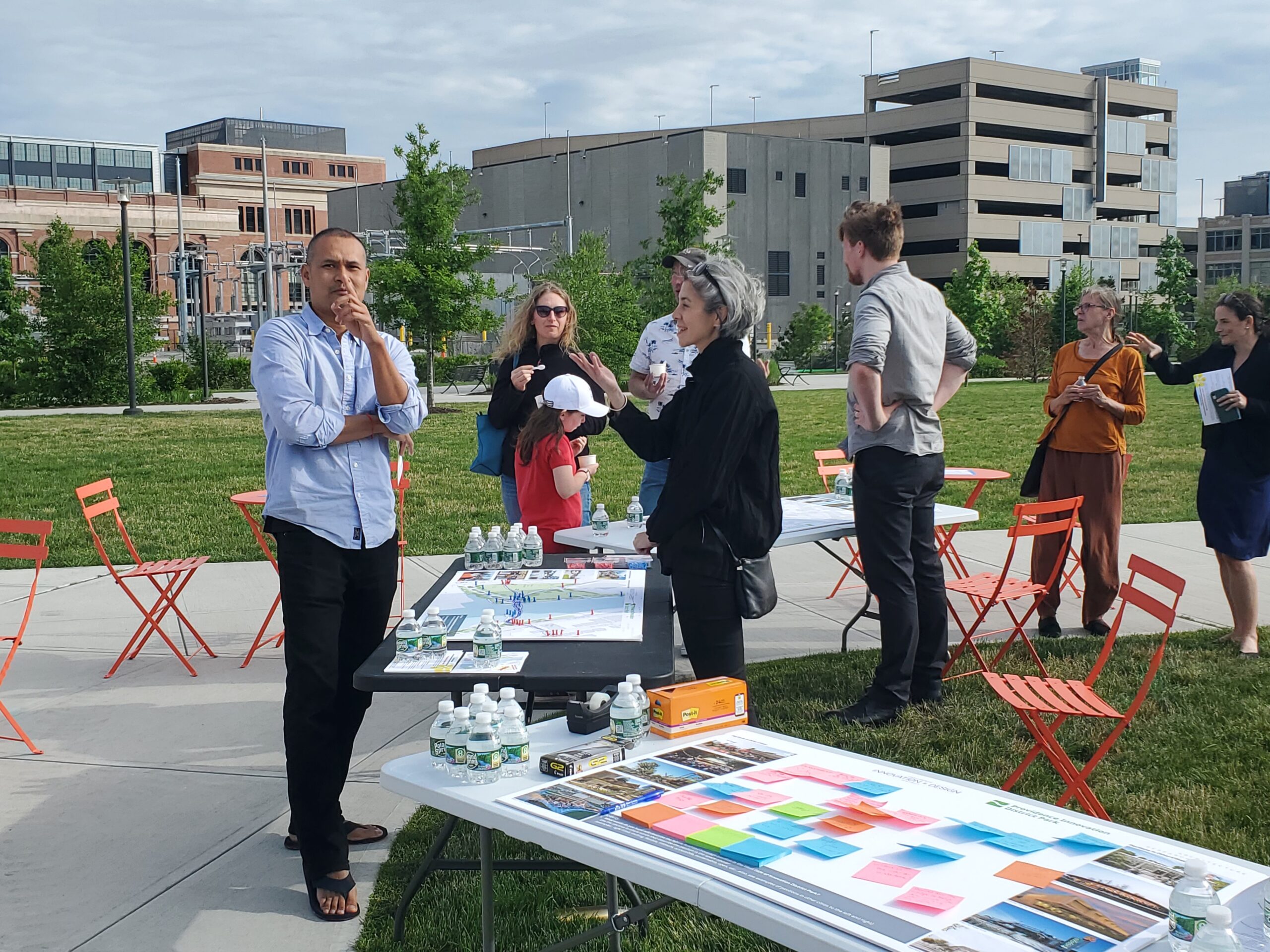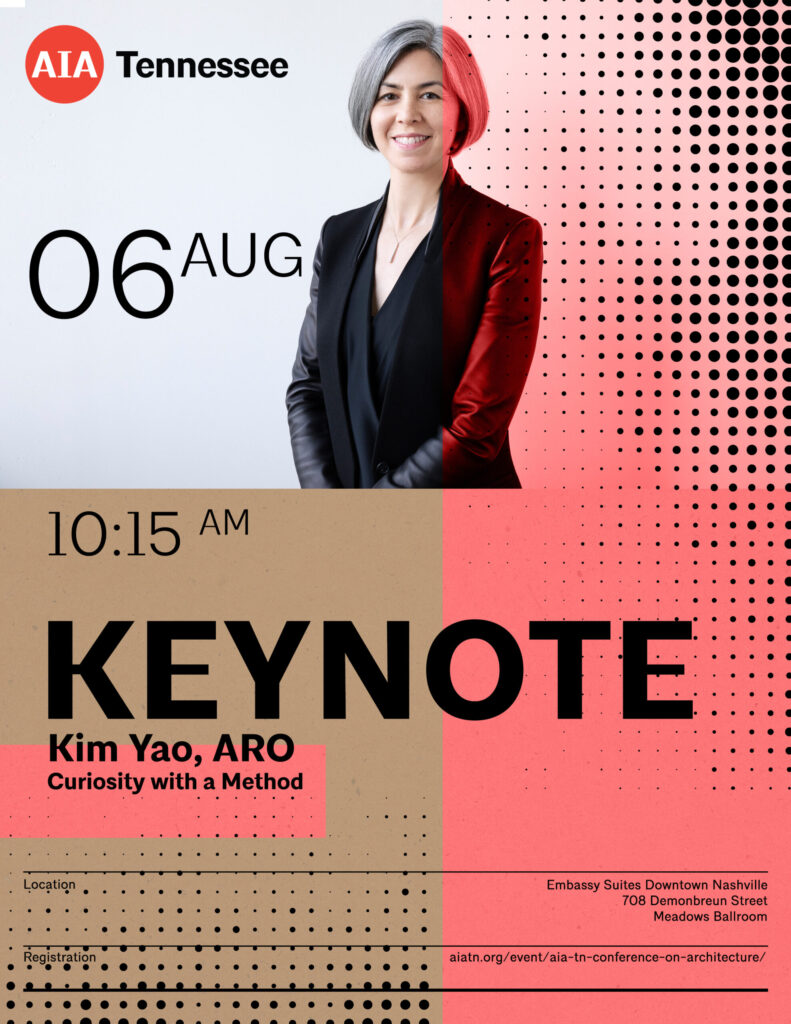
A Conversation with Kim Yao, FAIA
Kim Yao, Principal of Architecture Research Office in Brooklyn, New York, joined the firm as an intern in 1997 and became the firm’s third partner in 2011. She is a lecturer at MIT and has taught at Columbia University’s Graduate School of Architecture, Planning and Preservation; the School of Constructed Environments, Parsons the New School for Design; and Barnard College. Kim has been awarded the AIA New York (AIANY) Medal of Honor and the Beverly Willis Foundation Mentorship Award. She was President of AIANY in 2020 and serves on the Board of the Center for Architecture.
Founded in 1993, Architecture Research Office (ARO) is known for its methodical integration of research into every project, establishing a design process that produces spaces that inspire. The firm’s name reflects this commitment to inquiry and innovation. Research, collaboration, and creativity are central to their practice. Internal initiatives—such as the Materials Working Group, Zero-Waste Team, and Social Equity Group—demonstrate ARO’s dedication to advancing the profession and promoting equity and resilience.
At the conference, Kim will delve into ARO’s design philosophy and research-driven approach in her presentation titled “Curiosity with a Method.” In her interview, she discusses the firm’s evolving research practices, its commitment to community engagement, and the importance of inspiring the next generation of architects.
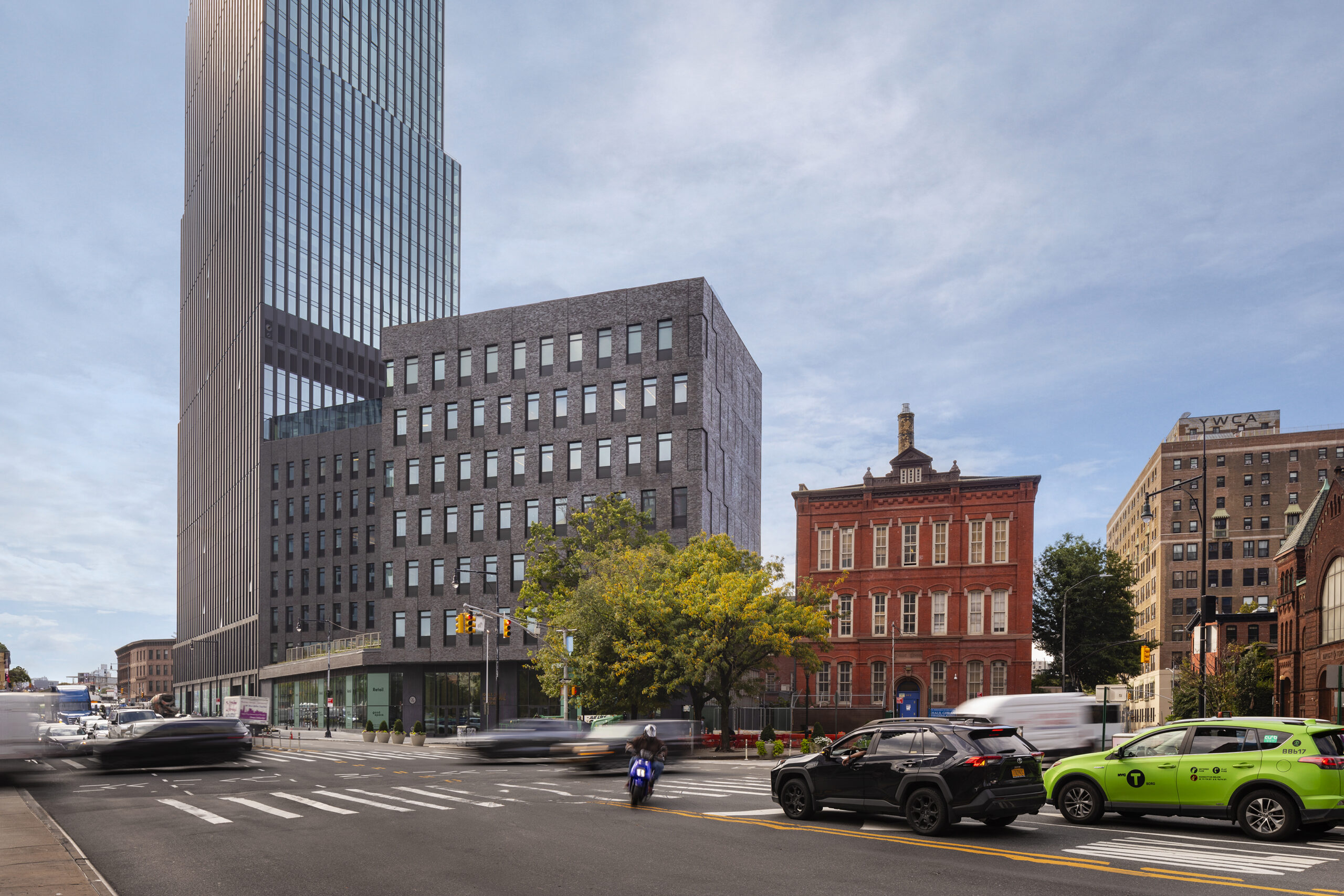
How do you ensure that your work or your voice resonates with your client or the community?
We believe in deep-rooted engagement with a wide network of stakeholders and constituents as well as the broader communities that are impacted by our work. Using diverse techniques for information gathering, interactive brainstorming, and ideation, we embrace direct conversations and meetings to create an environment of mutual respect and trust. We hold these meetings across diverse scales – from talking with individuals to meeting with larger groups. This process enables us to outline project principles that guide our work – helping us ensure that our work resonates with its place and people.
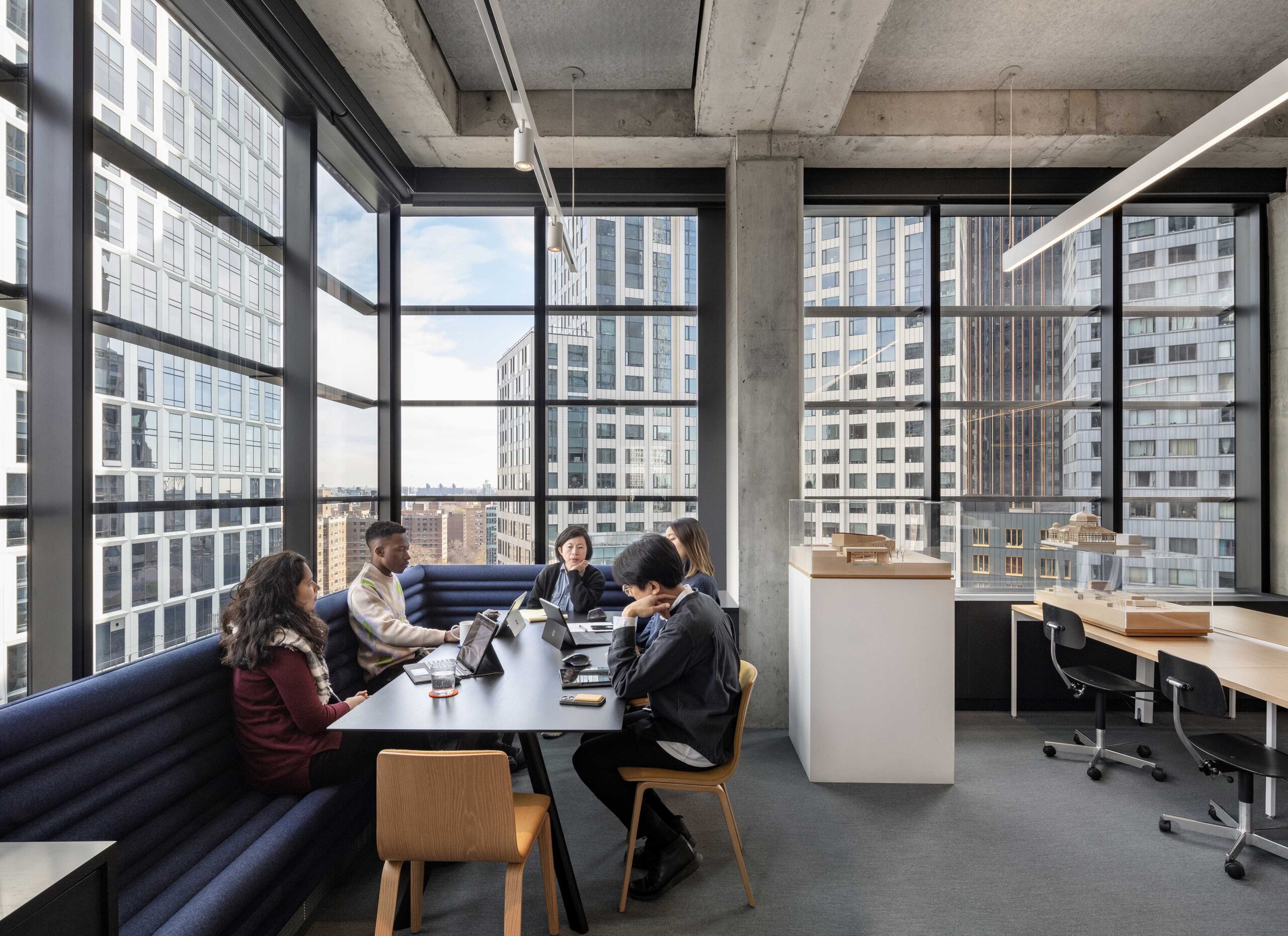
Since there is the acknowledgement of continuous learning, would you describe how the research process has evolved from early in the practice to now?
Our earliest forms of research focused on material innovation, craft and making – projects like Paper Wall and Corrulamp, for example. Because we are passionate about the inventive use of materials, and how they are experienced over time by people, this continues to be a strong thread in our research – V-Soleil is a recent example.
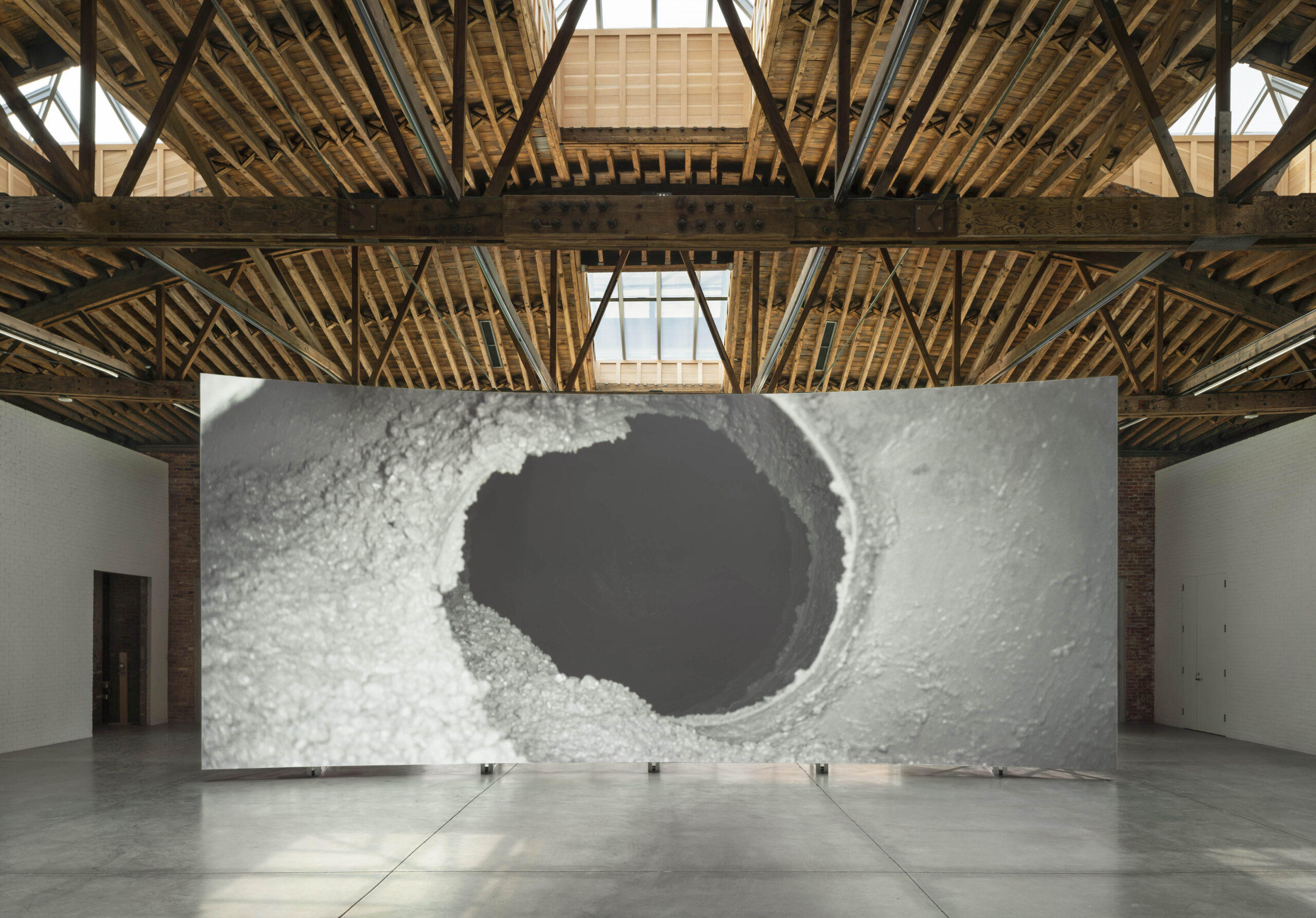
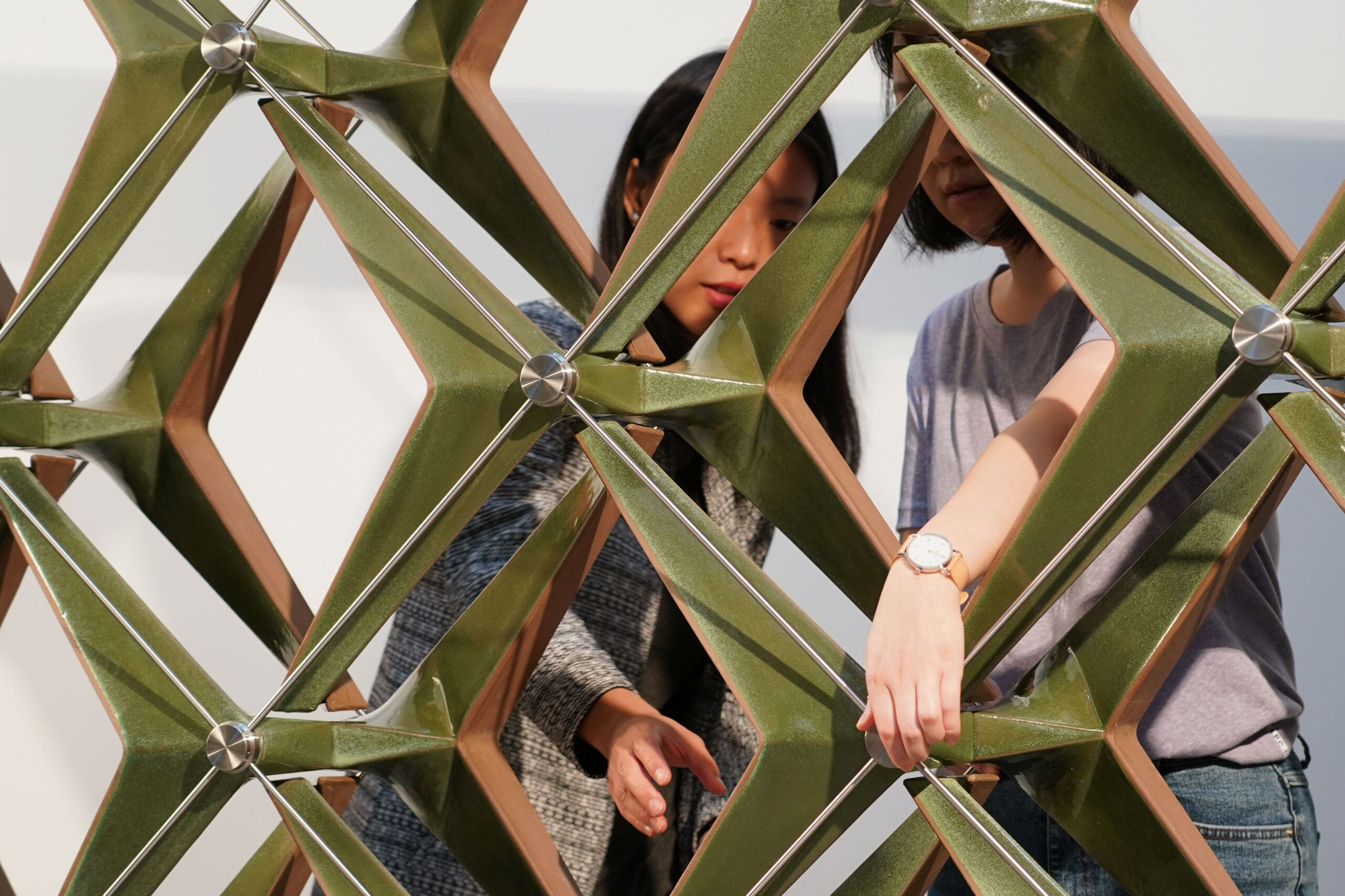
As a practice based in New York City, we also shifted our lens to focus on larger, urban scale issues of resiliency, infrastructure, and adaptation. Aspects of this work – like our project A New Urban Ground (with DLANDstudio), are rooted in larger research initiatives with collaborative partners. We continue to consider opportunities for our applied research to intersect with our built work. The ARO Collection offers modular, acoustic interior finishes and is an ongoing research and development effort in collaboration with FilzFelt. We are expanding our research and application of healthy building materials. Even our methods for broader community engagement have grown, and this is an important part of our research into specific sites and projects. Our work in these areas intersects independent research with applied research that is embedded in built projects.
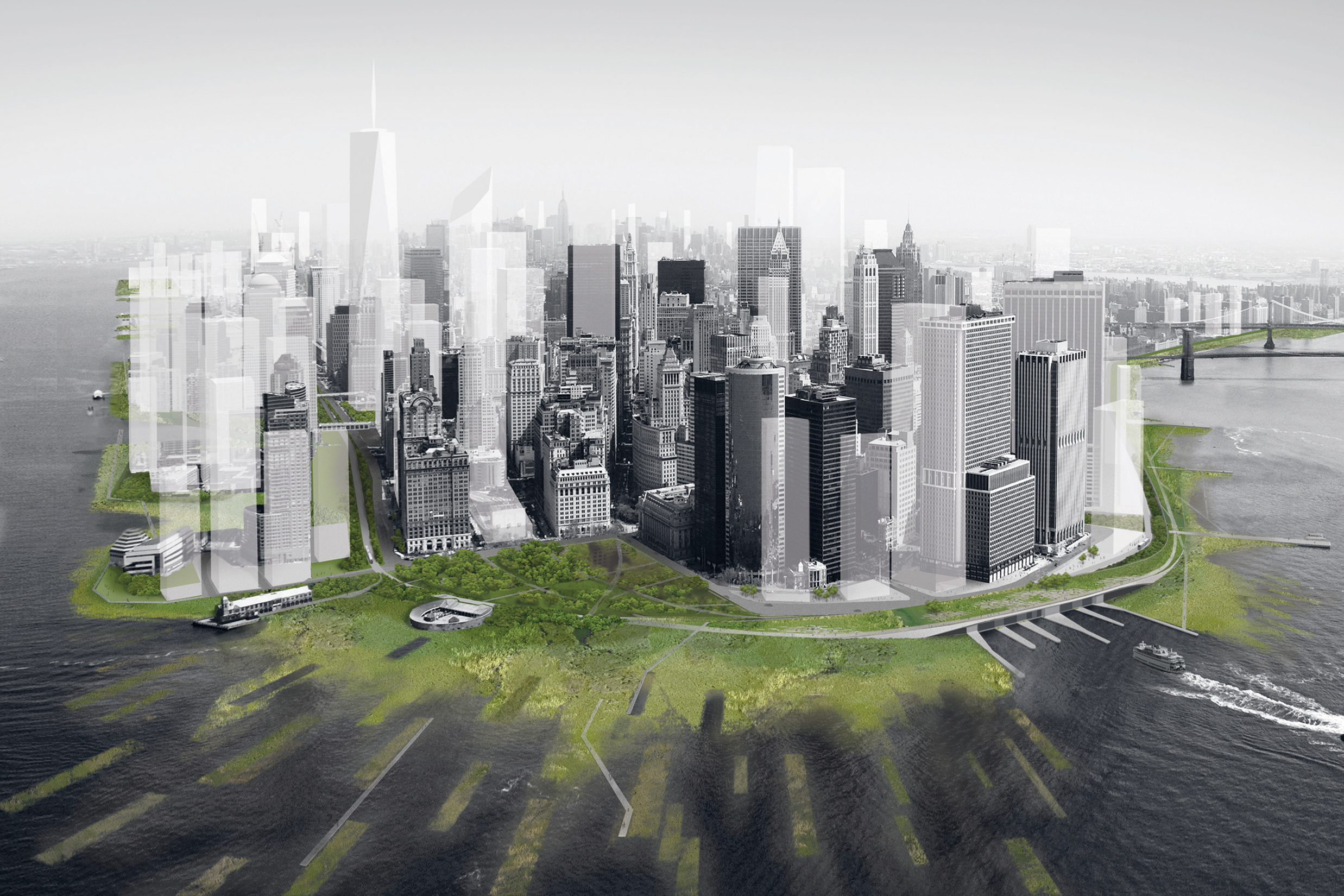
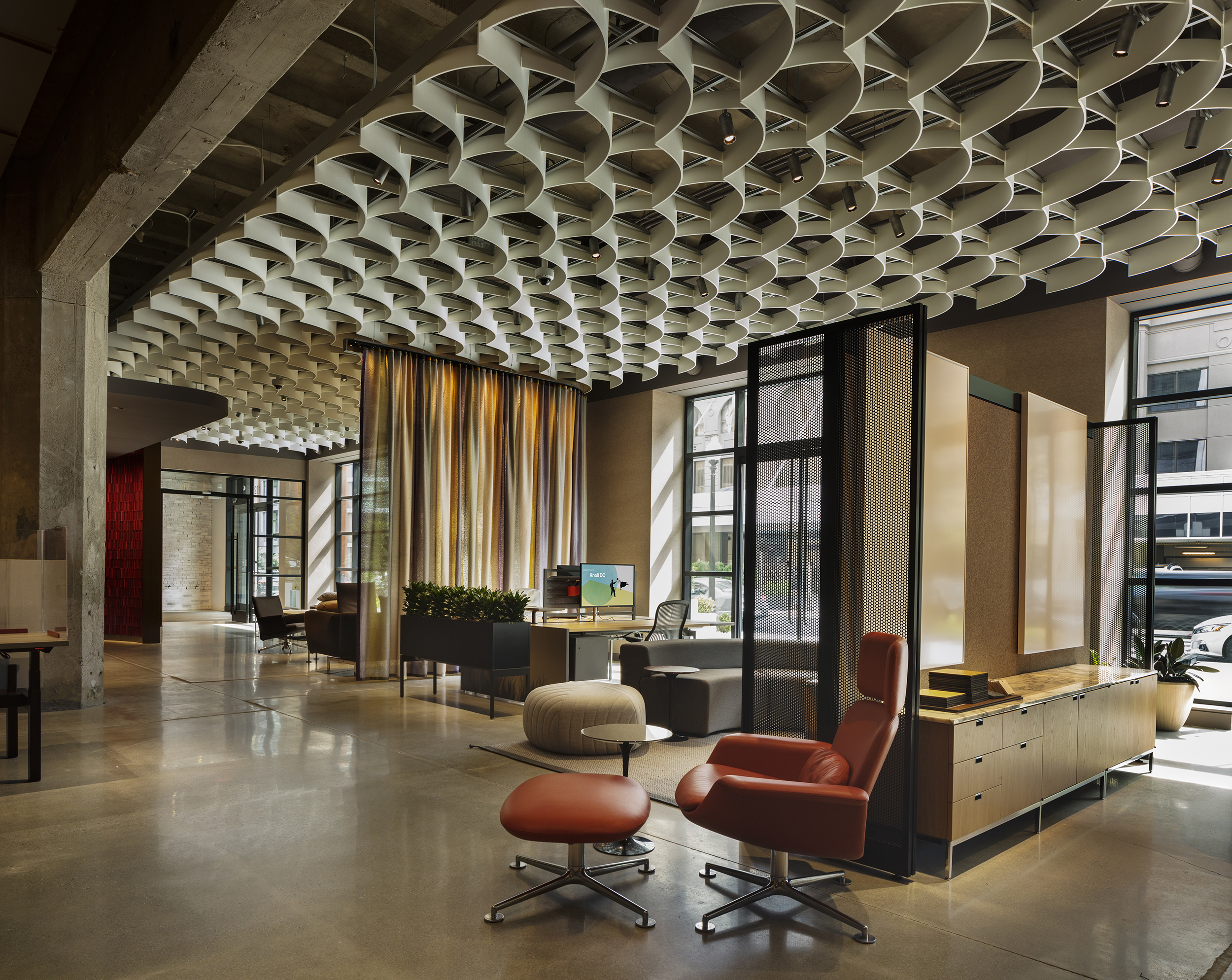
Though your key experience has been in the university setting, how would you describe architecture or an architect in a short statement that you find could encourage young minds to pursue architecture?
Architecture is the shaping and creation of the built world that surrounds you. Combining art, design, engineering, and craft, architecture is the backdrop to lived experience and contributes to our cultural heritage. As an architect, you will have creative problem-solving skills that will enable you to tackle varied challenges in your life and community through design.
